Starting profiles for panels
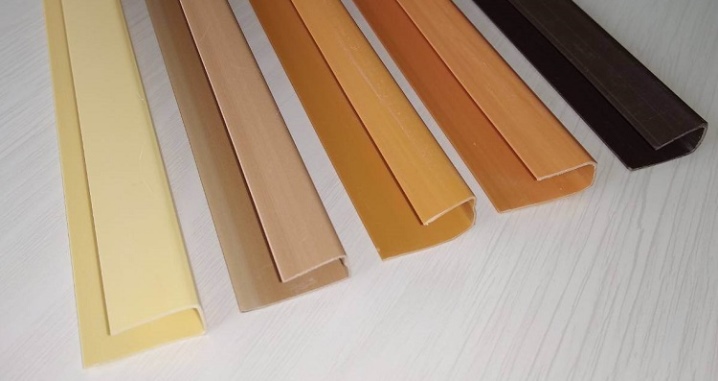
The cladding of walls and facades with PVC panels has not lost its relevance for many years. The rationale for this is the ease of installation, as well as the low cost of materials with their excellent quality and durability. In addition to panels, various kinds of fittings are obligatory components of the cladding process. One of its varieties is the start profile.
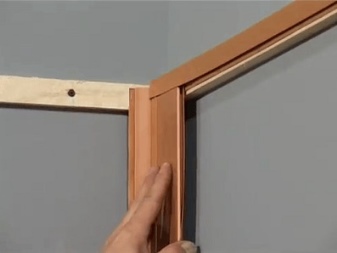
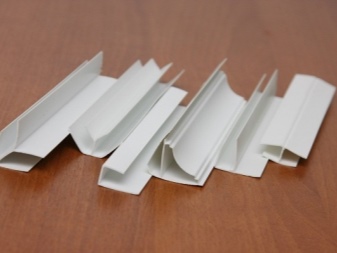
Description and purpose
The starting profile for PVC panels is an important element, without which the structure of wall cladding or facades will seem unfinished. It belongs to the category of accessories and is used in tandem with PVC sheets for indoor finishing, as well as for installing facade siding and basement cladding. Such a molding is needed to close the edges of the outer panels, to mask uneven cuts in places where the panels adjoin the opening of doors or windows, to join the corner panels. In addition, the plastic profile adds rigidity to the structure, making it more durable.
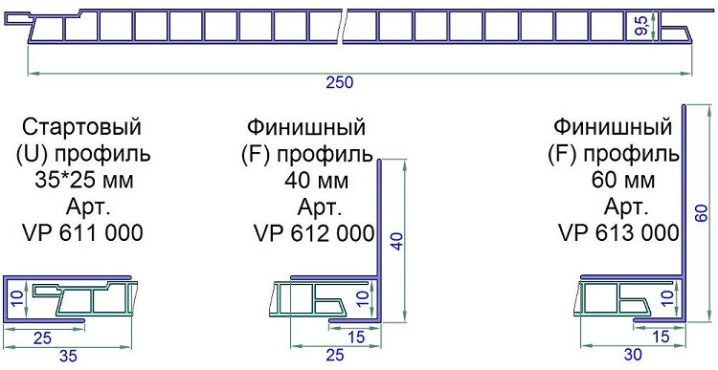
The starting profile is a plastic rail of a certain cross-sectional shape. It is enough to insert the edge of the cladding board into the corresponding groove, and then continue the further installation according to the technology. This wall panel molding has several advantages:
- low sensitivity to ultraviolet light, which prevents the premature appearance of yellowness;
- elasticity, which makes the risk of cracking when cutting is minimal;
- resistance to moisture, which prevents soaking and the appearance of fungus;
- the ability to quickly align the structure relative to the plane.
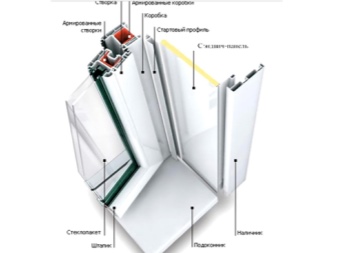

Varieties
There are two criteria by which components for plastic panels are distinguished - the material from which they are made and their intended purpose.
The fittings can be made of plastic or metal.
- Plastic profile. This option is the most common. Its main advantages are strength, durability and low cost. In addition, such a profile is quite simple to install.

- Metallic profile. Metal guides are not as common as plastic ones, but they still have their own circle of consumers. Such profiles are often used in design projects to create unusual interiors, as well as when facing facades, as they perfectly resist adverse climatic conditions.
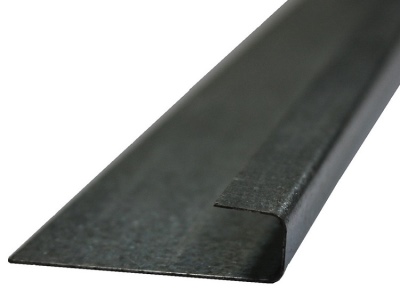
For their intended purpose, there are several types of guides.
- U-shaped. They are the initial element in fixing the plastic cladding. They cover the end portions of the first and final panels. In addition, such profiles mask the cuts at the framing of window and door openings.
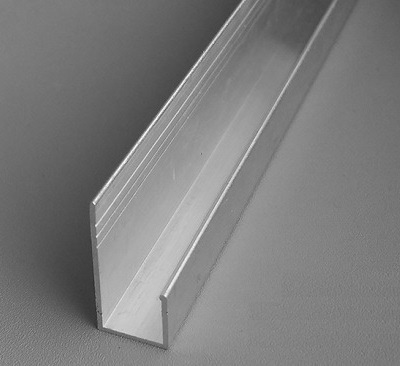
- F-shaped. F-shaped guides are also used to close the end parts of plastic plates, however, they are more often used in places where two panels join or when one cladding material passes into another.
Often, PVC sheets are framed with such a profile around door slopes and windows. It is a kind of completion of the structure.
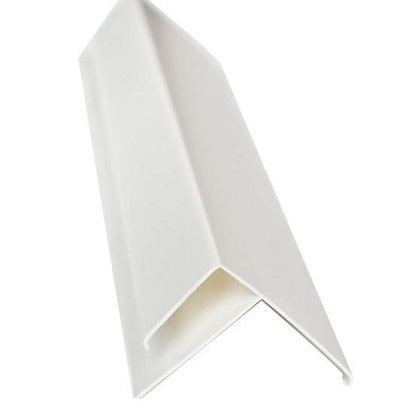
- H-shaped. A profile with an H-shaped section is a docking one. Such a strip is necessary to extend the length of the panel when it was not enough to fully clad the wall surface in height. It has two grooves on opposite sides, where the edges of the panels are inserted.
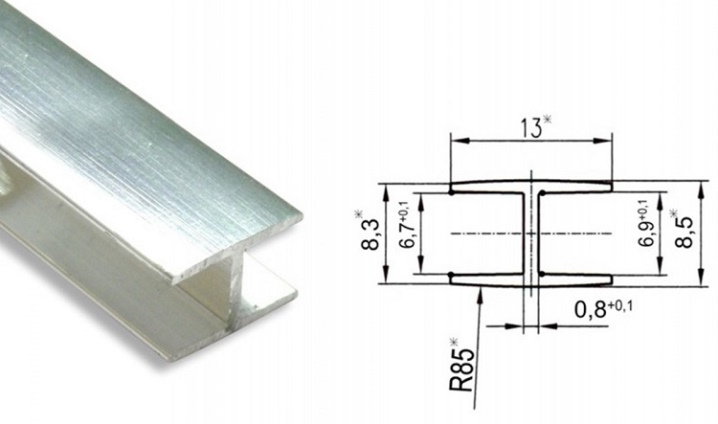
- Corners. These guides are designed to secure sheets where they are located at an angle of 90 degrees relative to each other.The strips differ in orientation - external or internal, depending on what angle the plates form at the joint.
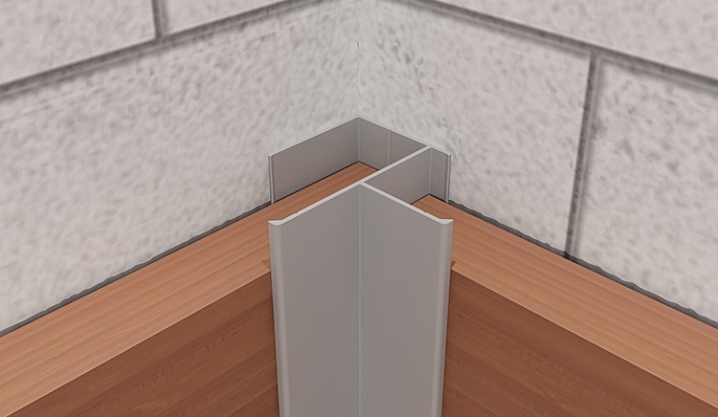
- Reiki. This is an element to be applied at the discretion of the builder. Sometimes they are used where it is planned to install any supporting elements or fastening systems.
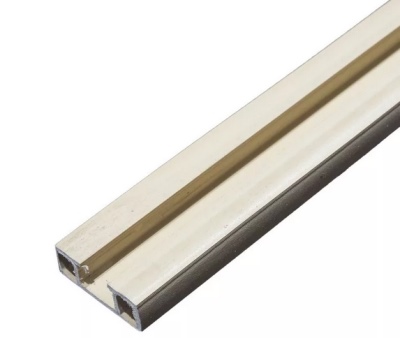
- Skirting boards. Such an element is not considered a profile among most craftsmen, however, without it, the joint between the wall cladding and the floor will look careless. A skirting board is an organic transition from a wall to a floor surface material. Skirting boards are available in plastic or wood.
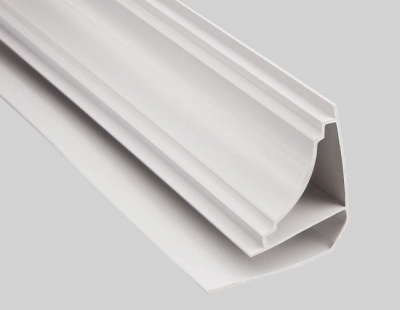
All profiles perform a load-bearing function, making the structure stronger, and are also a decorative element, without which the final appearance of the room or facade would be unfinished.
In addition, the dimensions of the products can also vary with respect to the thickness of the panel itself (8 mm, 10 mm, 12 mm for P, F, H-shaped profiles and from 10 by 10 mm to 50 by 50 mm for corners). The standard profile length is 3 meters.

Possible colors
Profiles - both plastic and metal - are available in a variety of colors. Besides, each of the materials can be painted according to the preferences of the client, which will allow the product to harmoniously fit into the interior of any style. The most common elements are white, which will be a great addition to the interior in any style.
Many designers, when creating decorative structures, partitions or panels in rooms, select the color of the molding in accordance with the colors of other finishing materials present in the room (for example, a brown profile with a suitable texture will look good with the floor and doors in wenge color). Another option is colored profiles used in children's interiors, bright showers or rooms with non-standard design solutions.
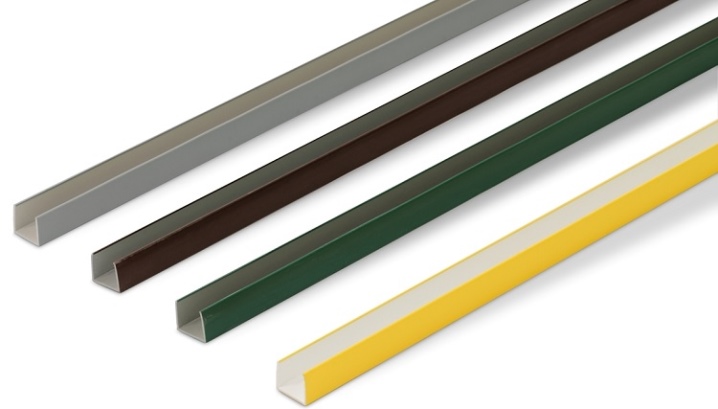
Fastening
Setting up profiles is a fairly simple task. The main thing here is a clear sequence of actions. In addition, consideration must be given to the ability of the plastic cladding to contract or expand as temperatures change. So, during the development of the fastening system, it is necessary to take into account the small gap between the cladding and the wall.
It is also important to initially decide on the option of fixing the panels - whether these will be horizontal stripes, or vertical ones.

Preparatory work
If it is decided that the wall panels will be fixed directly to the wall without a frame, the surface condition should first be assessed. If there are irregularities, level drops, cracks or potholes, the walls should be leveled with special mortars or mixtures.
If it is decided that the cladding will be attached to the crate, then first you should start building it. The lathing is made of wooden beams or metal guides. PVC panels are not heavy material, so the choice of the crate is a matter of taste for the owner of the premises. Any lathing is able to securely hold the panels, no matter what material it is made of.
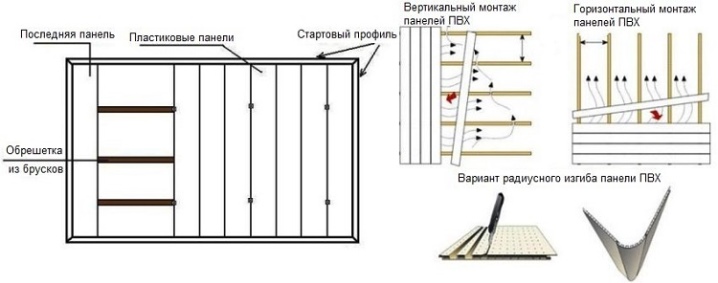
Installation of starting moldings
At this point, it is important to set up the startup profiles correctly. They are fixed with self-tapping screws or construction brackets around the perimeter of the wall to be sheathed. The guides should be set strictly in level. If this is not done, the distortion of the panels in the future cannot be avoided, and this can significantly spoil their decorative appearance.
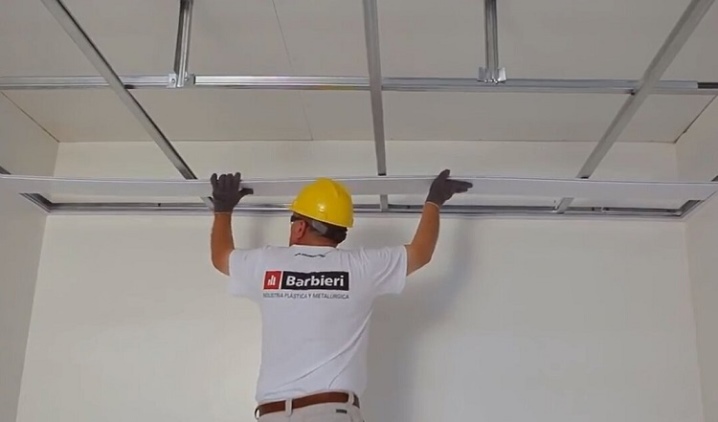
Installation of corners
Correctly fasten the corners, focusing on the vertical level, regardless of orientation. The corners are fixed with self-tapping screws or staples.

Installation of intermediate profiles
They are installed most often in the presence of high ceilings, when it is difficult to select the required length or width of the panel, which leads to trimming of some cladding sheets.
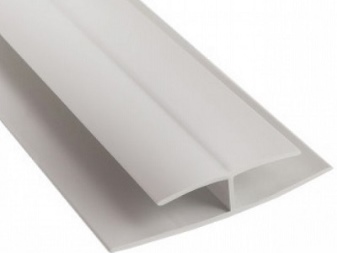
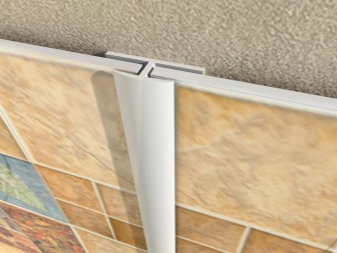
Installation of panels
When the frame is ready, you can start installing the cladding. First, the edge of the starter panel should be firmly inserted into the groove on the starter profile.Then it is aligned relative to the vertical and fixed on the crate. The rest of the panels are fixed sequentially according to the constructor principle, being fixed on the frame. The end panel is also framed by an end profile.
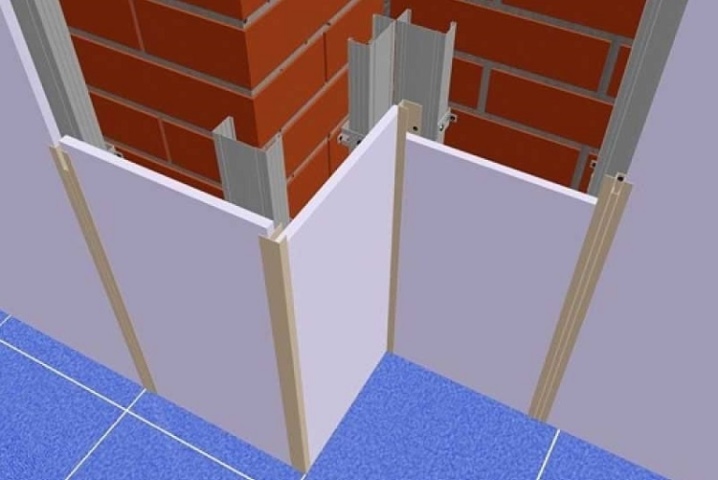
Installation of skirting boards
This stage is not necessary, but the panels look more aesthetically pleasing precisely when there is an organic transition between the wall and the floor, which is obtained when installing the plinth. Profiles for PVC panels are a versatile tool for creating the aesthetic appearance of a room or a house facade, as well as an excellent way to give rigidity and durability to a structure.
You don't have to be a professional builder to install such cladding. The main thing is accuracy and a clear sequence of actions.














The comment was sent successfully.